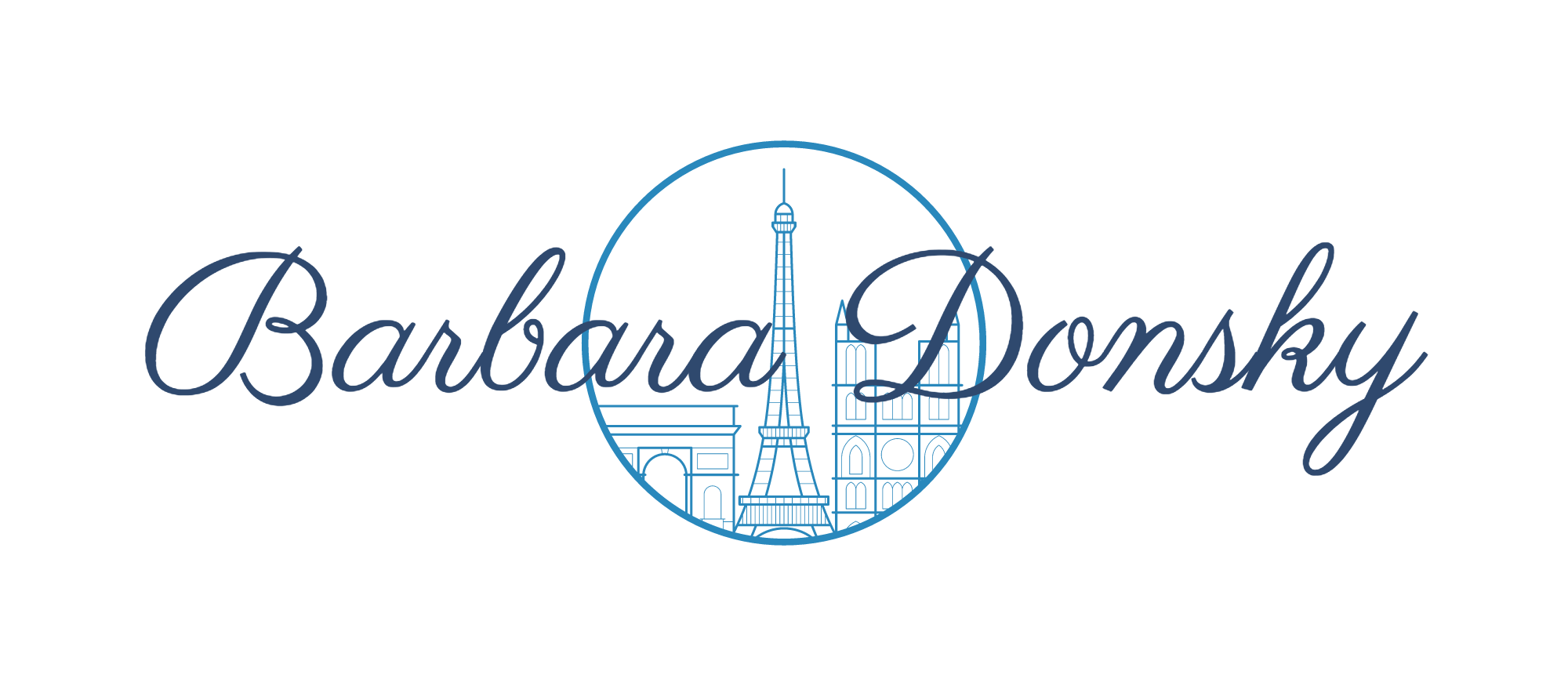Step Right Up! Enjoy the Show!
Throughout the 19th century, the ‘fairground’ —loosely translated as the ‘sideshow’ of the traveling circuses—was a popular theme with the press and artists and a popular leisure-time entertainment with spectators.
Anchoring an exhibition of 100 related works on this theme at the Metropolitan Museum of Art, is a masterpiece of the museum’s collection, the sublime Circus Sideshow (Parade de cirque) painted in 1887-88 by Georges Seurat (1859-1891).
What's it all about?
Relying on his pointillist technique to evoke the nighttime atmosphere, Seurat took the spectacle and hubbub that was part of any circus—the call of the barkers to step right up, the rowdiness of the crowds, the lively music—and gave us a painting imbued with silence. (So, too, that of the bathers by Seurat below, which is not a circus painting, per se, but is hung in a nearby gallery.)
In the painting Circus Sideshow, under a misty glow cast by the gaslights, five musicians, a ringmaster and a clown take their positions on a stage to lure the potential customers whose hairdos and hats we see in the foreground. Standing in front of the painting for five or 10 minutes, it's as if the artist had dropped a diaphanous curtain between the audience and performers that allows you to see, but not hear them.
How did the critics react?
When the painting debuted at the Salon des Independents in 1888, no one, not even Seurat’s closest friends, knew what to make of it. No one knew what to say about it. Yet, the enigmatic image continued to intrigue spectators and confound its critics.
The Dancing Clown by Seurat
How did the devastated artist react?
The artist, who died at the age of 32, never displayed or spoke of the painting again. According to the museum’s notes, recent technical findings indicate that by adding a painted border to the canvas, Seurat obliterated his signature at the lower right. That he would do such a thing to a painting widely considered a masterpiece broke my heart.
Eventually the painting would make its way in 1929 to New York for the Museum of Modern Art’s inaugural show. Within a few years, it was purchased by Stephen C. Clark and donated to the Met, where it remains.
Who else had an interest in painting 'the parade'?
Another circus masterpiece in the exhibit, one on loan from the Petit Palais in Paris, is the 20-foot long Grimaces and Misery—the Saltimbanques, by Fernand Pelez (French, 1848-1888).
Done in five sections with life-sized figures in a frieze-like formation, this 'parade' painting was featured along with Seurat’s in the 1888 Salon des Independents. Two of the sections are shown here.
Grimaces and Misery, like Circus Sideshow had mixed reviews, but the detailed characterizations of the misery endured by the performers awakened popular sentiment. The following year it won a silver medal at the Exposition Universelle 1889.
A day to remember...
Underage and underpaid...the youngest members of a 'circus' family
If the subject of fairground art is of interest to you, a memorable experience awaits the next time you see Paris. A must-see for young and old is the Museum of Fairground Arts, Le Musée des Arts Forains, in the 12th arrondissement. There, you will find the largest private collection of games, artifacts and carousels that had been used on the fairgrounds throughout Europe. But should you wish to visit, reservations are required. Groups are small. Check with your concierge.
Woody Allen et moi...
After Woody Allen used the museum as a setting for a cocktail party in the film 'Midnight in Paris,' I spent a memorable Saturday morning there. You can read all about it and see several of their treasures by clinking the following link: The Museum of Fairground Arts.
The current exhibition at the Met, housed in the user-friendly Lehman wing on the first floor, closes May 29th. What's new at the Met is an opening carved out between the Medieval Courtyard and the Lehman Wing that offers a direct path to the exhibit.
Where to ?
Knowing by now you'd be ready to join me for coffee, I found the most perfect place for a tête-à-tête, one tucked away on the first floor of the Met and très chic. Pull up a chair, s'il vous plaît.
Préféreriez-vous une tasse de café ou un verre de champagne?
Isn't it gorgeous? That’s all for this week, guys and gals. Hope to see you next week when I’ll have the coffee ready and remember... sharing is caring. Merci mille fois...







